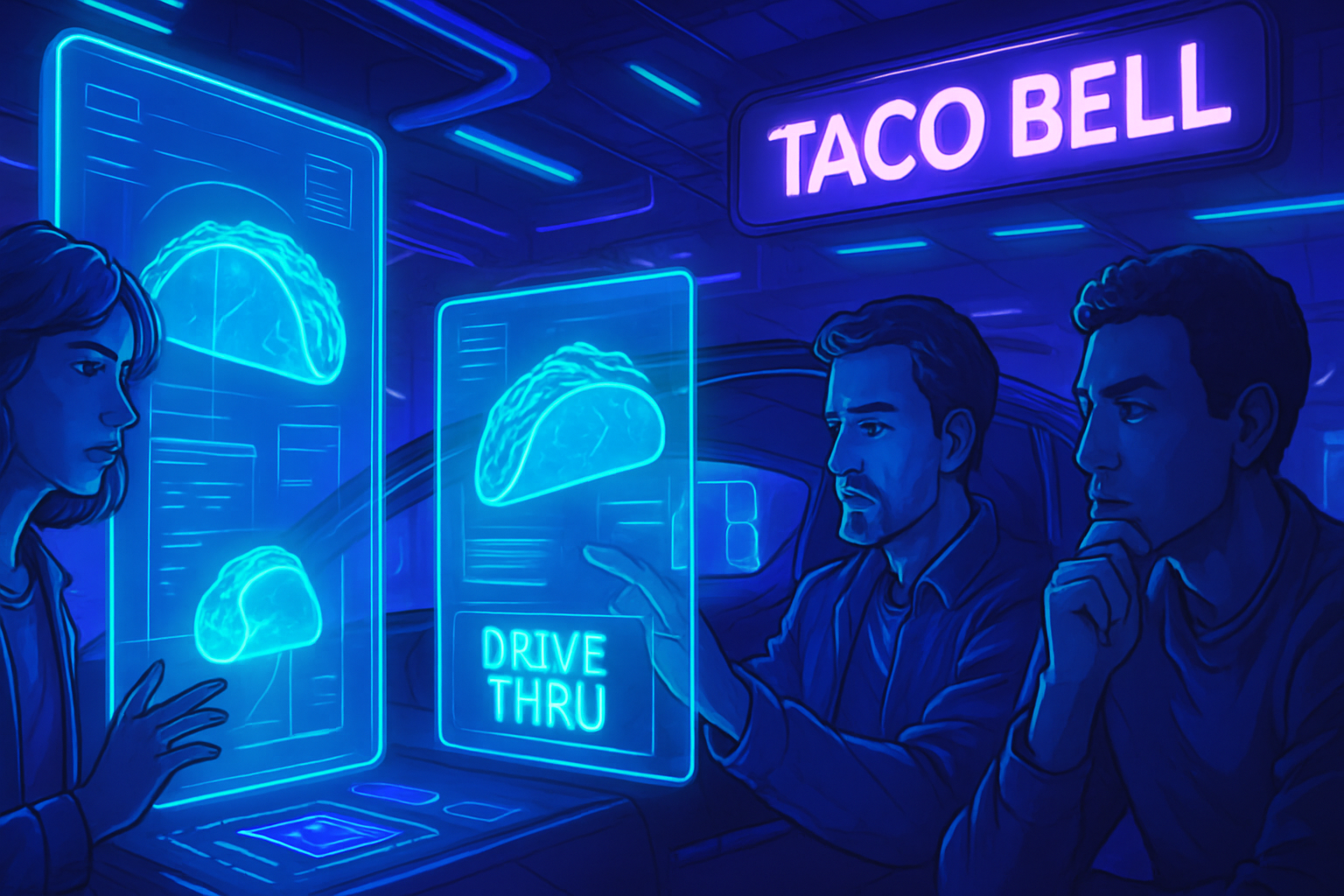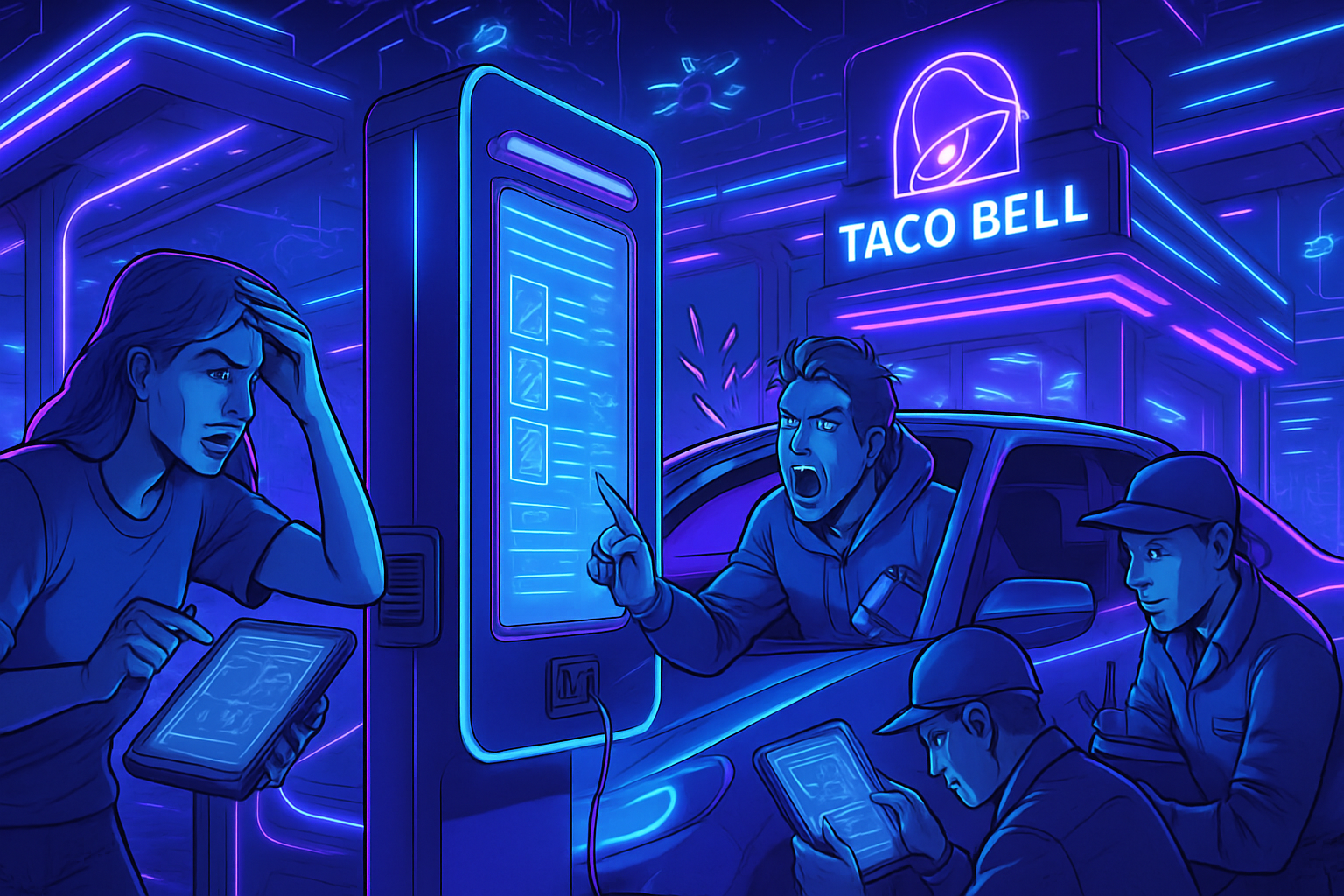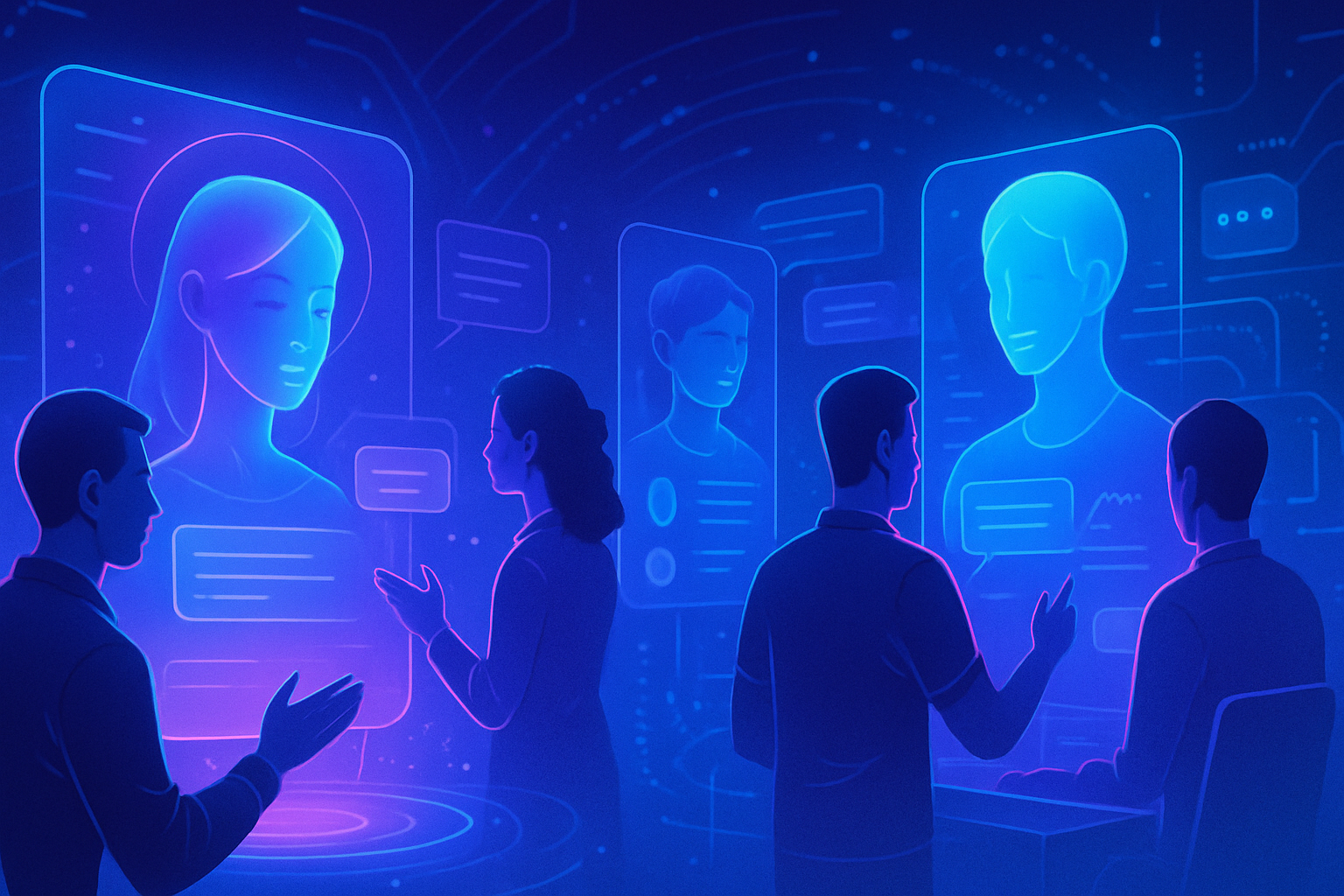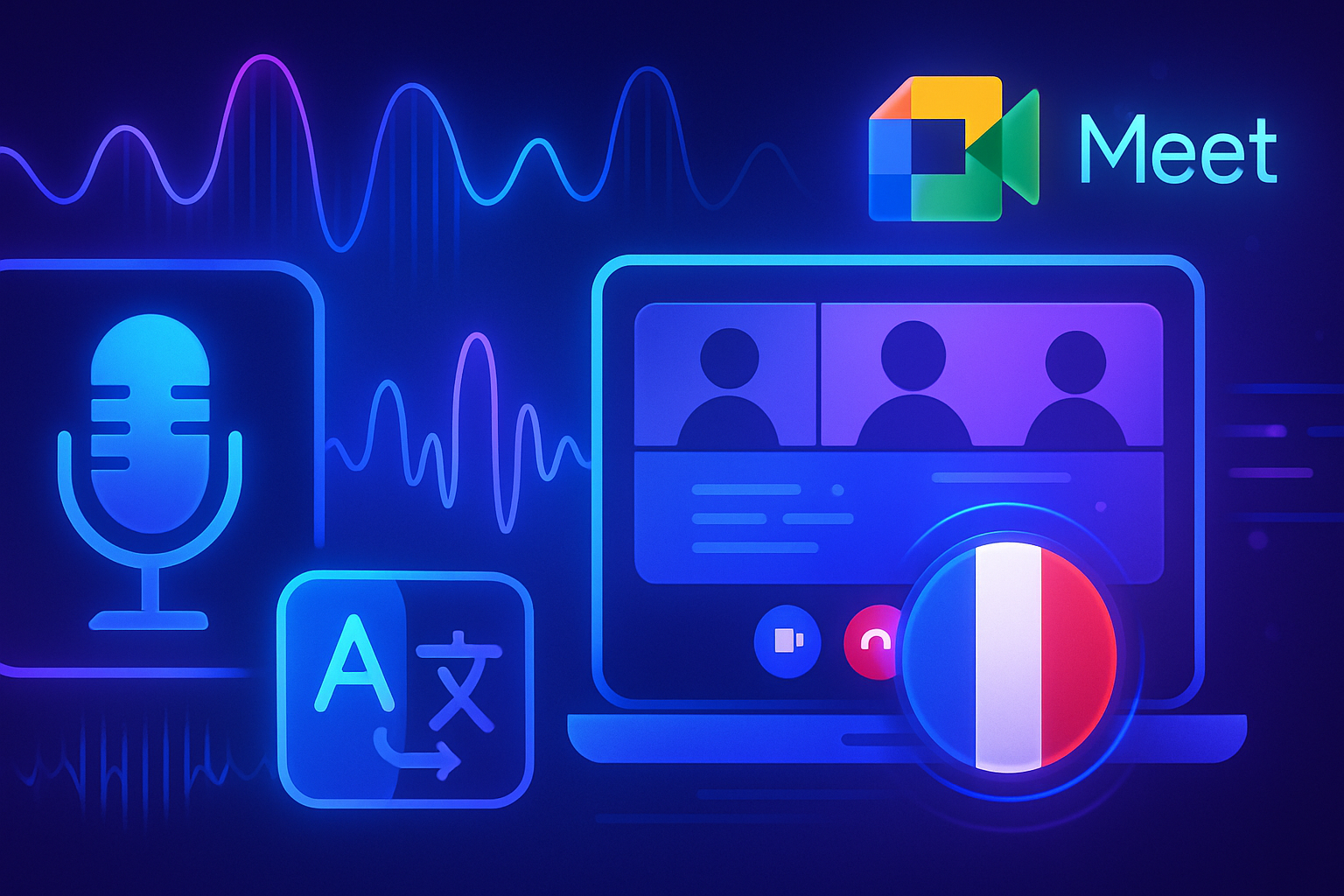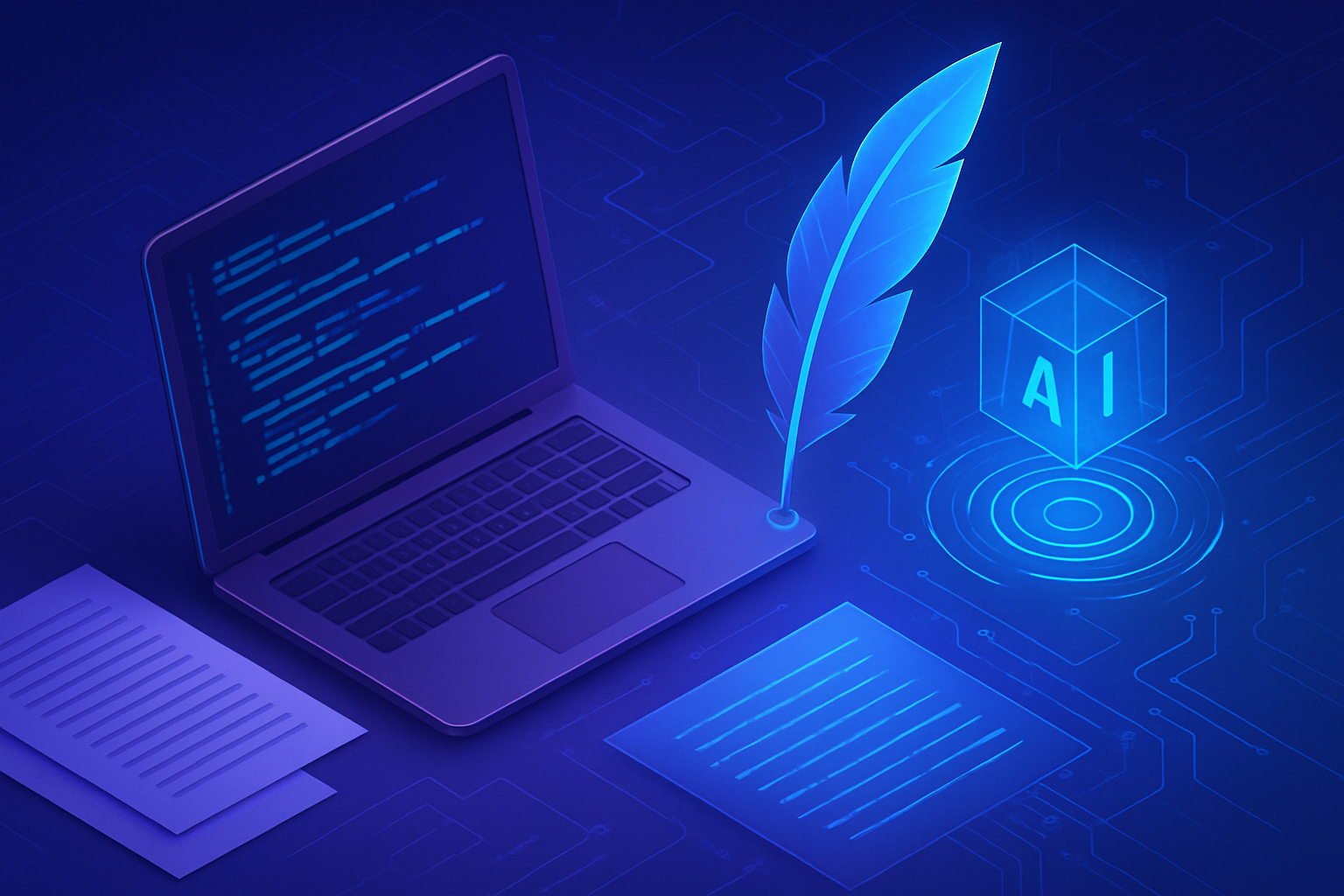In Arles, the interaction between photographers and artificial intelligence prompts intense artistic reflection. The complexity of creative challenges intensifies with the emergence of generative technologies. Artists like Igi Lola Ayedun and Mayara Ferrao are redefining the contours of documentary authenticity through their works. The use of AI questions the very foundations of artistic creation and creative autonomy.
The Meetings of Photography in Arles
The Meetings of Photography, a major event held in Arles, reveals fascinating dynamics between art and technology. This year, artists such as Igi Lola Ayedun and Mayara Ferrao are exploring the potential of generative artificial intelligence (AI), illustrating a complex dialogue about artistic creation.
An Innovative Exhibition
At the heart of the exhibition “Ancestral Futures,” Igi Lola Ayedun demonstrates the interaction between her portraits and the AI Midjourney. The photographs, products of this technological collaboration, display a contemporary aesthetic while reinterpreting past narratives. This use of AI raises questions about the authenticity of the produced work: who is truly the author?
The Challenges of Representation
Mayara Ferrao, another Brazilian artist, tackles a delicate subject. By representing the lesbian loves of former black slaves, she addresses historical omissions. Confronting AI algorithms has revealed intrinsic biases, often racist. This creative battle poses a challenge: how can one prevent the machine from reproducing prejudices?
An Uncertain Future for Artists
Negotiations between artists and AI developers prove to be laborious. These discussions aim to establish fair licensing agreements concerning the use of existing works to train AI models. This situation foreshadows increasing tensions, as artists seek to protect their rights while exploring innovative tools.
Public Perception and Social Implications
The public reactions during the Meetings reflect a curiosity mixed with concern. Visitors wonder about the boundary between human creativity and automation. This debate resonates beyond artistic boundaries, touching broader societal questions about the role of AI in the modern world.
Reflections on the Future of Art
The current situation demands in-depth reflection. Artists integrating AI are creating works that, although shaped by algorithms, stem from a human vision. The challenge lies in preserving the artistic message while exploiting the capabilities of AI. The future of the Meetings of Photography will depend on how these collaborations evolve.
Frequently Asked Questions
What are the main artistic ambiguities related to the use of AI by photographers in Arles?
The main ambiguities concern the question of artistic authenticity, the notion of original creation, as well as the ethical challenges linked to biased algorithms that can influence the representation of subjects.
How can artists ensure that their use of AI respects creators’ rights?
Artists must establish clear licensing agreements with AI systems and be attentive to the terms of use to preserve their copyright and avoid plagiarism issues.
How does AI contribute to expanding photographic narratives in the context of the Meetings of Photography in Arles?
AI allows artists to create works that integrate diverse and often marginalized narratives, such as LGBTQIA+ love stories, by transforming abstract ideas into concrete visual representations.
What specific challenges do photographers using AI encounter in their creative process in Arles?
Photographers face technical challenges related to algorithms, the need to filter biased results, and establishing an authentic connection with AI-generated works.
Is the use of AI in photography accepted by visitors at the Meetings in Arles?
Although acceptance is growing, the subject remains delicate and requires transparency about the role of AI in the creation of the presented works.
What technical aspects of AI affect the artistic production of photographers in Arles?
Technical aspects include the training capacity of AI models, biases present in the data used, and how these elements influence the creativity and originality of the final works.
Do the artistic ambiguities raised by AI impact the public perception of the works presented in Arles?
Yes, the ambiguities raised by AI can influence the public’s critical gaze, prompting reflections on artistic value and intentionality behind each work.
What ethical issues surround the use of AI in photography during the Meetings in Arles?
The issues include the question of respect for copyright, the biased representation of subjects, as well as the need to ensure equality and inclusivity in the representations created by AI.

